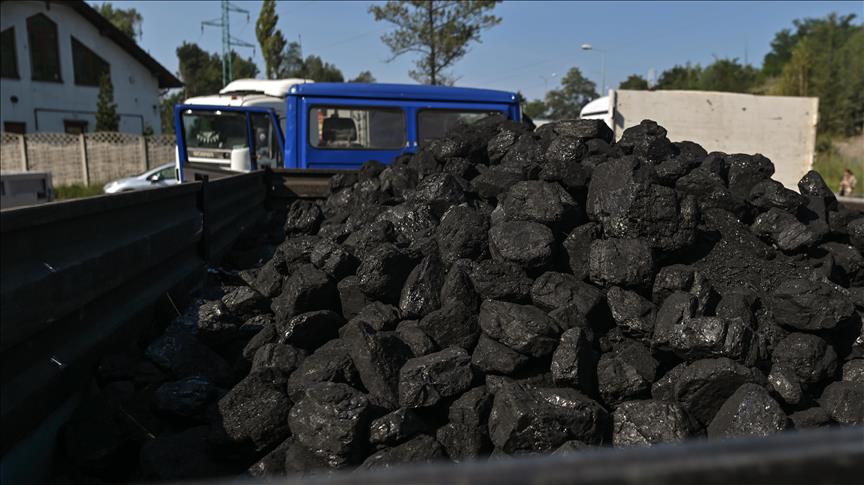The International Energy Agency’s (IEA) predicts a 2.3% decline in global coal demand by 2026 compared to 2023 levels, despite worldwide demand for coal rising by 1.4% this year, according to the agency’s latest report on Friday.
The energy agency’s annual coal market report, Coal 2023, forecasts global demand for coal ‘rising by 1.4% in 2023, surpassing 8.5 billion tonnes for the first time.”
The organization asserts that the expected decline in the world’s demand for coal, which is currently the primary energy source for the production of power, steel, and cement, as well as the primary source of carbon dioxide (CO2) emissions from human activity, could reach a historic turning point.
“However, global consumption is forecast to remain well over 8 billion tonnes through 2026, according to the market report. To drive down emissions at a rate consistent with the goals of the Paris Agreement, the use of unabated coal would need to fall significantly faster.”
The IEA expects that the major expansion of renewable energy capacity coming online in the three years to 2026 will drive this decline.
It also anticipates a fall in demand up to 2026 “even in the absence of governments announcing and implementing stronger clean energy and climate policies.”
China, which currently accounts for over half of the world’s demand for coal, similarly accounts for over 50% of the anticipated global expansion of renewable capacity.
“As a result, Chinese coal demand is expected to fall in 2024 and plateau through 2026. That said, the outlook for coal in China will be significantly affected in the coming years by the pace of clean energy deployment, weather conditions, and structural shifts in the Chinese economy.’
With regional variations taken into account on a global scale, the report maintained that advanced economies this year are destined to see a decline in coal consumption. This includes record drops in the EU and US of around 20% each.
On the other hand, demand in emerging and developing economies is set to remain very strong, increasing by 8% in India and by 5% in China due to rising demand for electricity and weak hydropower output.
Citing Keisuke Sadamori, the IEA director of energy markets and security, the statement said: “We have seen declines in global coal demand a few times, but they were brief and caused by extraordinary events such as the collapse of the Soviet Union or the COVID-19 crisis.”
“This time appears different, as the decline is more structural, driven by the formidable and sustained expansion of clean energy technologies,” Sadamori said.
“A turning point for coal is clearly on the horizon – though the pace at which renewables expand in key Asian economies will dictate what happens next, and much greater efforts are needed to meet international climate targets,” he added.

